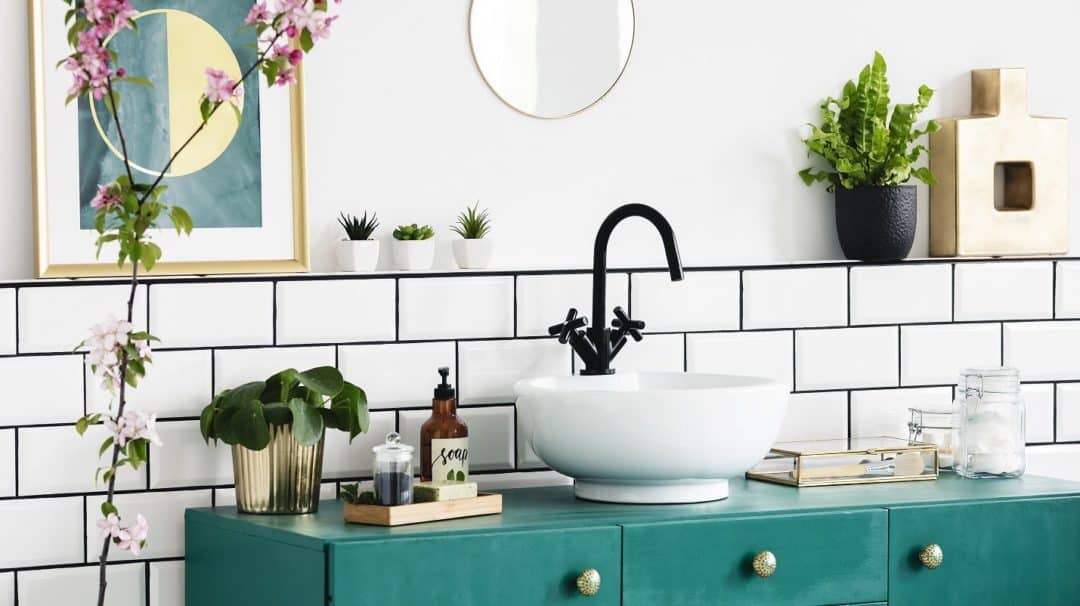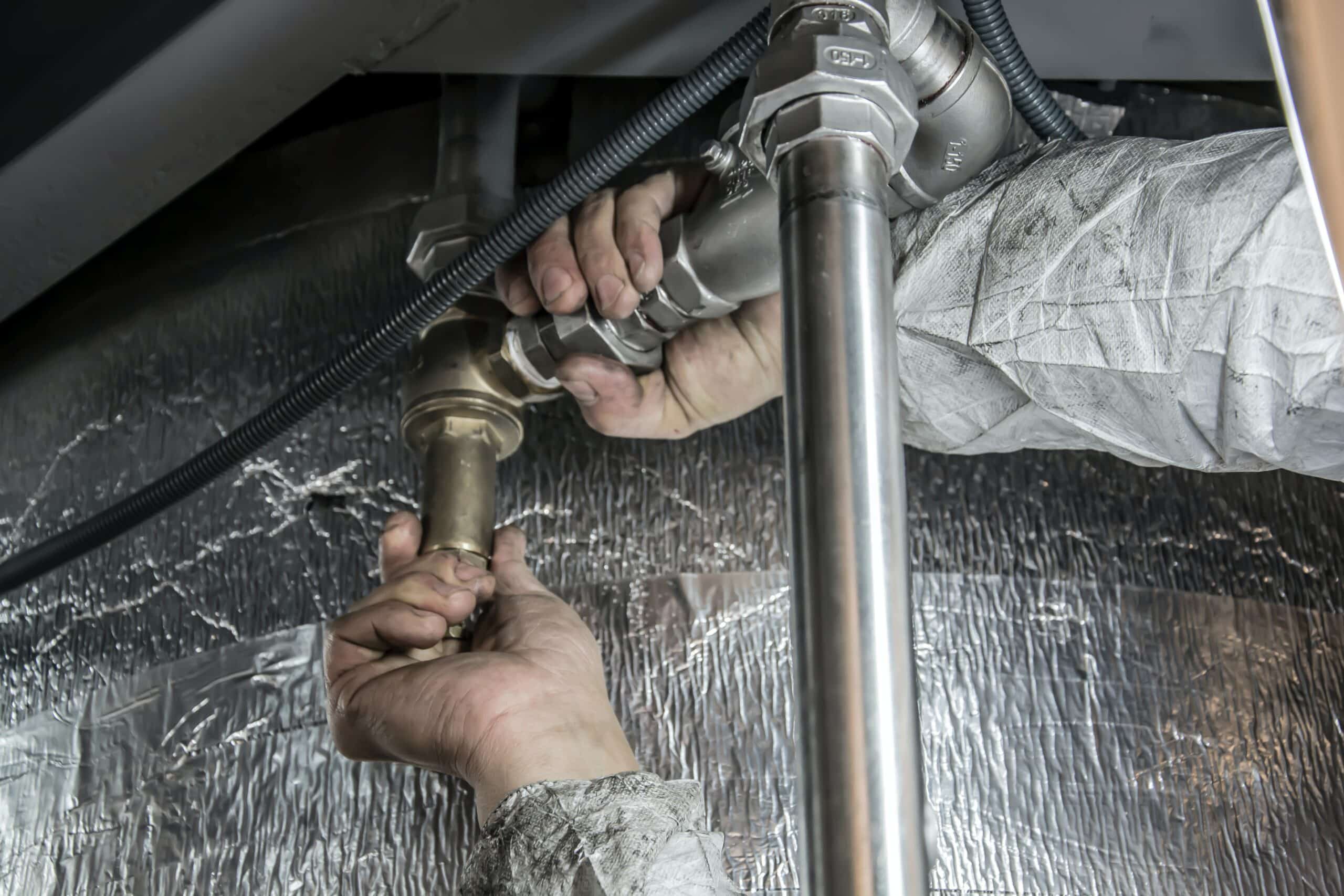Every person is bound to have their own unique idea on the subject of The Future Of Plumbing: Trends And Technologies To Watch.

Introduction
The pipes sector is going through a transformative stage driven by technological innovations and expanding concerns for sustainability and effectiveness. This post discovers arising patterns and advancements shaping the future of plumbing.
Smart Plumbing Systems
Including clever innovation into plumbing systems makes it possible for remote monitoring, leak detection, and automated upkeep. Smart sensing units and IoT (Web of Things) tools enable home owners and plumbing professionals to check water usage and find issues in real-time, leading to extra effective resource monitoring and aggressive upkeep.
Water Effectiveness Solutions
With raising focus on water preservation, ingenious options are being created to decrease water wastefulness in pipes systems. High-efficiency fixtures, greywater recycling systems, and clever watering controllers are among the innovations assisting consumers lower their water footprint while preserving convenience and convenience.
Sustainable Products
The shift towards sustainability extends to pipes materials, with an expanding choice for eco-friendly choices. Naturally degradable piping materials, such as PEX (cross-linked polyethylene) and HDPE (high-density polyethylene), offer toughness and resistance to corrosion without jeopardizing environmental stability.
Predictive Maintenance
Anticipating upkeep strategies utilize data analytics and machine learning formulas to anticipate and prevent plumbing concerns before they take place. By evaluating historical information and efficiency metrics, predictive upkeep algorithms can identify patterns and abnormalities, allowing aggressive interventions to avoid expensive fixings and disturbances.
Augmented Fact in Pipes
Augmented Fact (AR) technology is changing plumbing by supplying service technicians with real-time aesthetic advice for fixing and fixing jobs. AR-enabled wise glasses or mobile applications overlay digital information onto the physical environment, assisting plumbers visualize pipeline layouts, identify covert leaks, and carry out repairs with accuracy.
Effect of 3D Printing
The advent of 3D printing has introduced brand-new possibilities in producing pipes components. From custom-made fixtures to intricate pipeline installations, 3D printing enables rapid prototyping and on-demand production, reducing lead times and making it possible for better customization in plumbing style.
Health and Safety Qualities
In reaction to enhanced issues for health and wellness, pipes fixtures are incorporating features such as antimicrobial surface areas, touchless operation, and self-cleaning systems. These technologies not just boost health however additionally promote user convenience and convenience.
Hygiene-focused Components
Touchless faucets, self-sanitizing toilets, and antimicrobial surface areas are becoming increasingly widespread in property and industrial setups, minimizing the risk of germ transmission and advertising a cleaner, much healthier setting.
Water Top Quality Surveillance
Advancements in water quality tracking modern technologies enable house owners to keep an eye on the purity and safety of their supply of water in real-time. Smart water quality sensors can find contaminants, pH levels, and temperature level variants, encouraging individuals to take aggressive actions to ensure water safety.
Remote Pipes Services
Remote diagnostics and virtual assistance are revolutionizing the way pipes services are delivered. Via video conferencing and remote access technologies, plumbers can troubleshoot problems, give advice for DIY repair work, and even perform remote examinations, supplying greater access and convenience to homeowners.
Difficulties and Opportunities
While plumbing innovations hold immense promise, they additionally existing challenges such as data personal privacy problems, regulative conformity, and the requirement for workforce training. Resolving these difficulties requires collaboration between market stakeholders and regulatory bodies to ensure safe and responsible execution of new innovations.
Regulative Landscape
Governing structures play an essential role fit the adoption of plumbing technologies, with requirements and codes regulating whatever from water effectiveness to item security. As innovations remain to evolve, governing bodies have to adapt to guarantee customer defense and environmental stewardship.
Future Overview
The future of plumbing is defined by proceeded innovation and integration with other sectors such as IoT, renewable energy, and structure automation. By embracing lasting methods, leveraging arising technologies, and focusing on user-centric style, the pipes industry is poised to resolve the developing demands of culture while decreasing its ecological impact.
Conclusion
To conclude, the future of plumbing is defined by a convergence of technology, sustainability, and user-centric style. By accepting smart services, sustainable products, and positive maintenance techniques, the pipes industry can boost performance, promote safety and security, and add to a more lasting future.
Plumbing Technology Trends 2024: Shaping a Sustainable and Efficient Future
Plumbing Technology: A Beacon of Innovation
Intelligent Plumbing Systems: The adoption of smart plumbing solutions offers unparalleled control over water usage, preventing waste and ensuring optimal efficiency. These systems can be installed by qualified contractors and may require technicians with expertise in new codes for proper functionality. Eco-Friendly Piping: Innovations in piping materials, like PEX and recycled content options, are making plumbing systems more sustainable. These materials are not only better for the environment but also durable and flexible, making them easier to install and less likely to need repairs. Automated Leak Detection: New plumbing technologies include systems that can automatically detect leaks. This is a big deal because it means we can fix them before they cause a lot of damage or waste too much water. It’s all about catching problems early and saving resources. Energy-Efficient Water Heaters: There’s also a big push towards devices that use less energy. This includes solar and tankless models, which provide hot water only when it’s needed, cutting down on energy use and costs. Plumbers: Champions of Sustainability
Adopting Green Practices: Contractors who specialize in sustainable plumbing can ensure your system meets the latest regulations and utilizes efficient valves. They undergo comprehensive training programs that emphasize sustainability in practices like eco-friendly installations. Water Conservation Efforts: Through the installation of high-efficiency appliances, plumbers are essential in reducing water consumption and promoting conservation. When repairing or replacing older fixtures, plumbers can recommend high-efficiency options that comply with local codes. Pipe: The Lifeline of Modern Plumbing
Innovative Pipe Solutions: The use of environmentally friendly and durable materials in pipes, like PEX and recycled content options, reduces the ecological footprint and enhances water quality. These innovative pipe solutions may require specialized repair techniques from qualified plumbers familiar with the materials. Advanced Leak Detection: Modern pipes are now more frequently equipped with sensor technology that can identify leaks early, conserving water and preventing damage. Early leak detection can save homeowners money on repair costs and potential water damage. Water Heater: At the Forefront of Efficiency
Renewable Energy Heaters: Solar heaters and other renewable energy-powered models are becoming more common, offering an eco-friendly alternative to traditional methods. These benefit the environment but can also potentially lead to lower water bills through reduced energy use. On-Demand Heating: Tankless heaters have gained popularity for their ability to provide hot water as needed, minimizing energy waste. This innovative technology eliminates the need for a large storage tank, freeing up valuable space and simplifying the installation process for qualified plumbers. https://intownplumbingtx.com/articles/plumbing-technology-trends/

I'm very fascinated with Innovative Plumbing Trends Transforming Construction and I hope you appreciated our entry. Sharing is caring. Who knows, you will be doing someone a favor. Thanks for being here. Come back soon.
Book